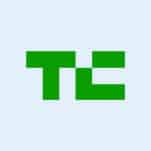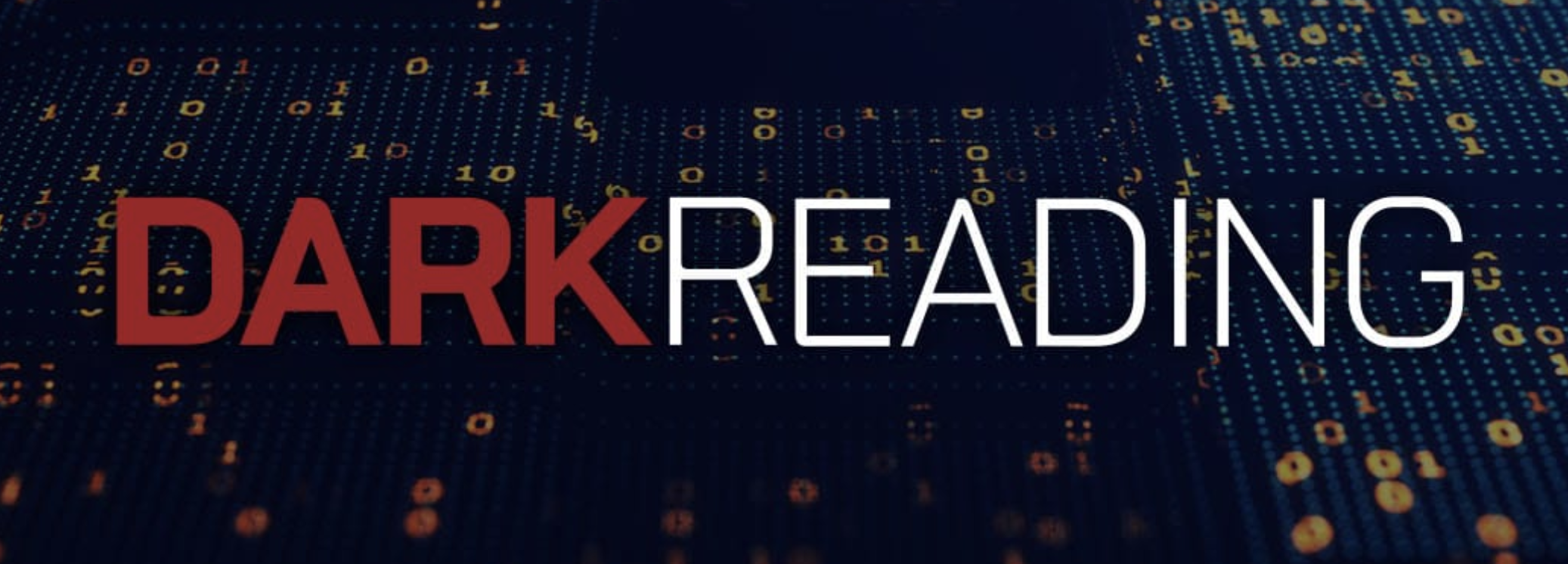
- 19 December, 2016
TechCrunch article – Putting data back into the hands of owners
Jans Aasman, CEO of Franz Inc. on TechCrunch
Ever wondered why your physician owns the information from your blood work? Or why your dentist owns your x-rays. Or some financial services company owns your credit information? Most people forget that social media companies own the messages, pictures and videos that they post everyday.
The pervasiveness of this paradox is considerable. In healthcare, x-rays, lab work and diagnostic results of patients are owned by the facilities that administer them — yet the patient paid for the tests. In financial services, banks, lending institutions and various credit agencies own their clients’ information and charge them to view it. Online, an assortment of social media magnates owns every tweet, post and comment — and only begrudgingly returns them to their creators after many months, if ever.
Why is this the case?
Until recently, with the ability to capture, store and secure digital information, only the most well-staffed and best funded organizations could afford the infrastructure and expertise to furnish such data assets. But advances in consumer technology devices, cloud computing, security measures and internet adoption rates have substantially altered this paradigm.
Today, most people have a computer, tablet or a mobile phone that can access the internet, along with the ability to store gigabits of information and images securely in “the cloud.” These technologies have made it possible to put data back into the hands of their owners.
Should patients own their medical records?
In healthcare there is a growing desire for patients to own their medical records. Interestingly, this desire is not coming from patients, it’s based on the view from medical practitioners that patient care and quality of life is directly influenced by the ability of patients to access and utilize their data.
This view is core to the Precision Medicine Initiative, a White House program for personalizing healthcare treatment for individuals and groups that have historically been underrepresented. Its mission statement points out that “Success will require that health data is portable, that it can be easily shared between providers, researchers, and most importantly, patients and research participants.” The expedient exchange of diverse data types is critical to the success of this initiative, as it will provide a more holistic view of patient care while synthesizing what have traditionally been distinct entities and data types.
Numerous organizations are striving to create situations in which patients can access their data for second opinions, research studies and a synthesis of sources to facilitate more active patient involvement in care.
One of the more recent examples in this movement is Apple’s acquisition of Gliimpse, which provides the means for patients to store and access their healthcare data to assert more control of their own care. Gliimpse provides a platform in which users can store all of their healthcare data and share it with others. Apple’s interest in the company is aligned with its other healthcare ventures, which include apps for both monitoring and researching healthcare data.
These strides to put data back into the hands of owners share a number of similarities with a separate movement to re-decentralizing the internet, which involves some of the most notable names, companies and technologies in IT today.
Democratizing data ownership
Perhaps the most well-known example of the move to democratize ownership of data is found in the efforts of Tim Berners-Lee. The progenitor of the World Wide Web has streamlined his internet activism efforts into a project known as Solid, in which he and his MIT cohorts are attempting to return ownership of social media data to the users that create them.
The desire to facilitate individual control of personal data directly coincides with the movement to decentralize the internet.
Solid leverages some of the core concepts of semantic technologies, such as the existing standards found in the W3C and a linked data approach to exchanging attributes. It is the architecture for a new cadre of social media tools — currently under development — that shun the silo-based approach of contemporary social media entities. The project is largely spurred by the desire to create an alternative to the current centralized approach of conventional social media outlets that own the data of the masses.
Advantages to decentralization include the collective impact of data from various applications and sources on each other, allowing consumers to form a more complete picture of their data for specific use cases. None of the applications would actually own the data, allowing users to readily transfer and deploy their data according to their own terms — as opposed to the platform’s.
Blockchain: Publicly transparent, secure transactions
Data decentralization and linking is one important aspect necessary to democratize data ownership. But broad-based data sharing of sensitive data requires security and preservation of the integrity of data — to ensure someone has not changed the data along the way. [The most important word missing is “trust” and why that is so important.]
Enter blockchain — an emerging technology that has polarized the data sphere since its uptake in the financial industry. The quintessential example of blockchain is bitcoin, which is predominantly based on this architecture. Blockchain provides a decentralized database (or ledger system) that allows for rapid updates and is accessible to a multitude of users. It facilitates a degree of transparency in its data linking that enables the verification of financial transactions with much less time and fewer resources than conventional methods for transaction verification require.
Proponents laud its cost and labor-saving potential. Moreover, it provides these boons in a secure setting in which the individual, decentralized ledgers utilize cryptography. In theory, it delivers secure transactional data in a distributed manner that prohibits the inordinate accumulation of power found in centralized paradigms. Its usefulness is rapidly spreading to myriad other industries, including healthcare.
The promise of decentralized data ownership
The desire to facilitate individual control of personal data directly coincides with the movement to decentralize the internet. Both of these needs were considerably enhanced by the consumerization of IT and the sort of rapid exchange of linked data that semantic technologies enable.
The effects of these developments will likely impact additional industries, which in turn will need to reconfigure their own architecture to accommodate the demands of the consumers. IT is swiftly changing; the demands of the people who rely upon it are playing a greater role in its evolution than ever before.
The rapid and convenient exchange of data can actually take its rightful owners — the consumers — to heights as of yet still unrealized. Being able to combine data from varying providers, agencies and sources empowers consumers to ultimately assert more control over their lives and how they’re lived. Realizing such potential could well be data’s ultimate promise… and the defining moment of the 21st century.
Read the full article at TechCrunch.







